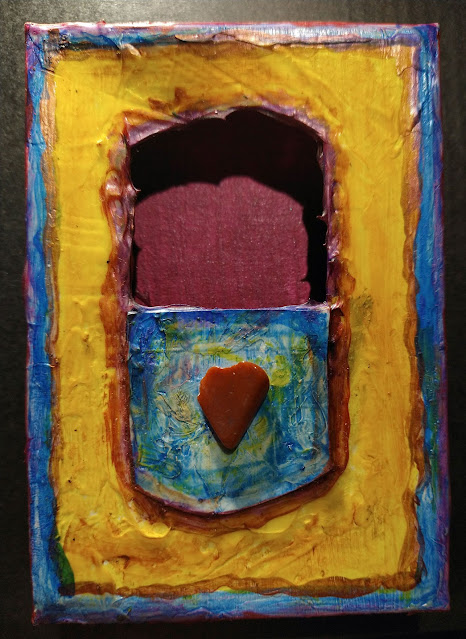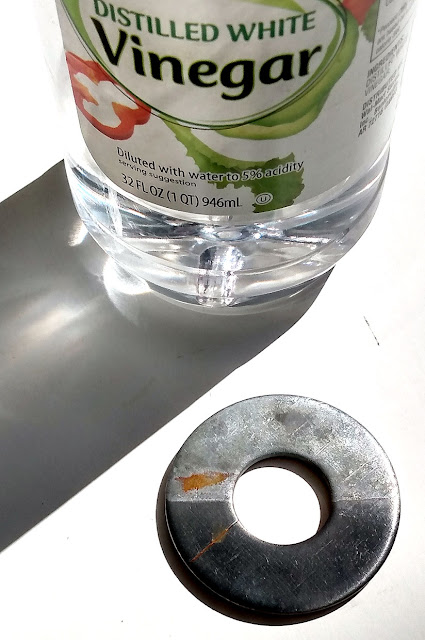I accidentally recreated a 70s crafting fad. And I want to do it again, only this time on purpose. I used dried orange peels to make a coaster, some trays and a lampshade. The technique is much older, probably ancient, but I learned it from a faded "how to be a proper hippy" crafting book.
Two oranges had been left in my refrigerator's crisper drawer for way too long. You know those flavorless, dry, stringy oranges that you don't want to eat, but feel bad for throwing out so you save them until they are too wrinkled to eat?
 |
| The tray and bowls are made from dried orange peels. The rinds are hard and leathery, so they are sturdy enough to stand on their own. But they are so small, they can only hold a few beads. |







